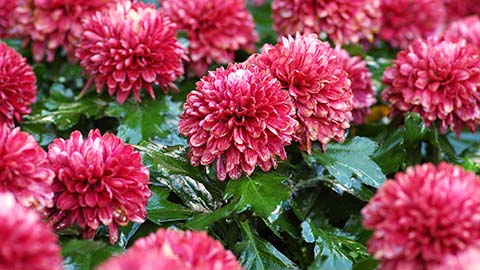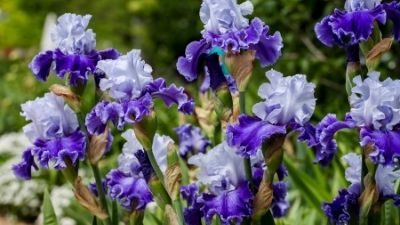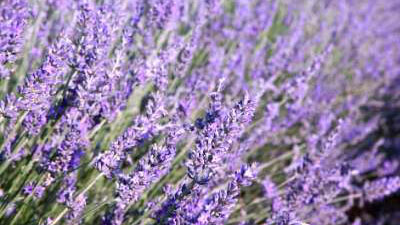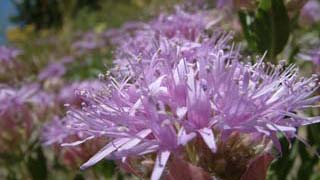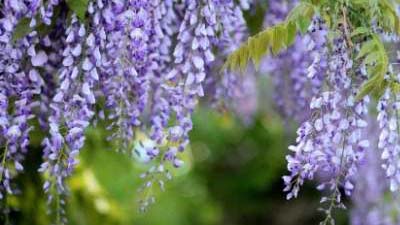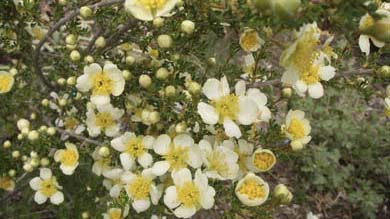Mexican Cliffrose in the Landscape
Purshia mexicana
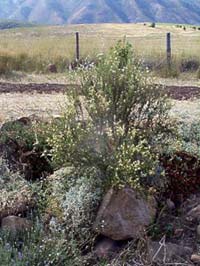
Description
Description: Mexican cliffrose is the southern cousin of Purshia tridentata (antelope bitterbrush) but is taller with pleasantly fragrant evergreen foliage and a gnarled form that can grow to six feet tall. The creamy white to pale yellow honey-scented flowers that cover the plant in late spring give way to long feathery seedheads in early to mid summer. The small dark green, deeply lobed leaves that cover the branches provide a nice contrast to the five-petaled, yellow-centered flowers. Mexican cliffrose occurs throughout the southern regions of the Intermountain West and has great potential for use in low-water landscapes.
Cultural Requirements
- Native Habitat: Open slopes and rocky areas
- Soil: Well drained, tolerates low fertility; prefers coarse, gravelly soil
- Cold Tolerance: Zones 4 - 7
- Drought Tolerance: High; can become unruly when overwatered
- Salt Tolerance: Low
- Sun/Shade Preference: Full sun
- Transplanting: Moderately easy
- Propagation: From seed
- Maintenance: Prune old and stray branches in late spring after bloom; avoid overhead watering
- Problems: Browsed by deer; does not tolerate water on its foliage
Landscape Value
- Use in the Landscape: Background, hedge, naturalized areas
- Foliage: Evergreen
- Inflorescence: Showy
- Color: April - mid-June
- Fruit (seedheads): Feathery appearance when mature
- Form: Upright; vase-shaped when young to irregular with age
- Texture: Coarse
- Ultimate Size: 6 feet in a landscape setting
- Rate of Growth: Slow
- Plant Community: Parkland, pinyon-juniper, mountain mahogany, shrub steppe, cool desert shrub
- Availability: Utah’s Choice selection (visit http://www.utahschoice.org/natives/wheretobuy for more information)
- Cultivars: None of ornamental value
Propagation
To start seed indoors soak seed in hydrogen peroxide for up to 24 hours. Rinse well. Cold, moist stratify for 60 days (not too moist or seed will rot). Sow into container to a depth of ½ inch. To start outdoors, sow seed in the fall and cover with ½ inch soil. Water in, and look for germination in spring.
Additional Photos
References
- Cerny, T., L. Rupp, C. Reid, and M. Kuhns. 2002. Selection and Culture of Landscape Plants in Utah: A guide for southwestern and central Utah. Utah State University Extension Bulletin HG 500.3 URL: http://extension.usu.edu/files/publications/publication/HG_500_3.pdf
- Mee, W., J. Barnes, R. Kjelgren, R. Sutton, T. Cerny, and C. Johnson. 2003. Waterwise: Native Plants for Intermountain Landscapes. Utah State University Press, Logan, UT.
- USDA-Natural Resources Conservation Service. 2008. Plants database. URL: http://plants.usda.gov
Utah State University Extension
Peer-reviewed fact sheet
Download PDF
Authors
Heidi Kratsch, Extension Ornamental Horticulture Specialist
Graham Hunter, Research Associate, Center for Water Efficient Landscaping
Related Research




